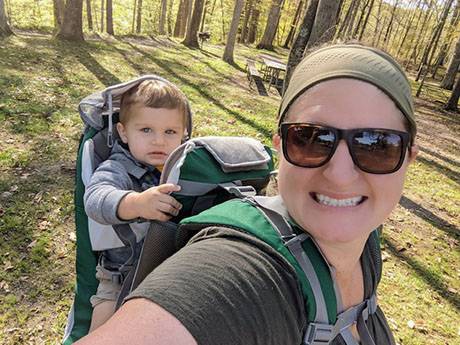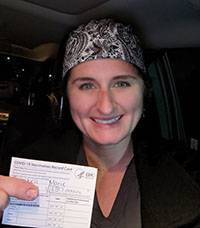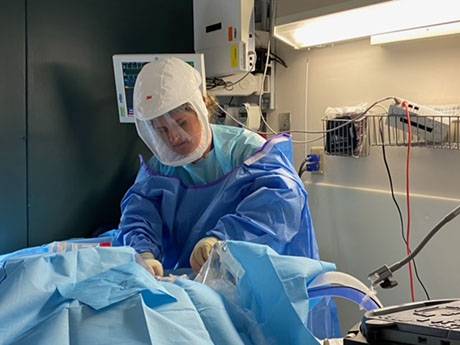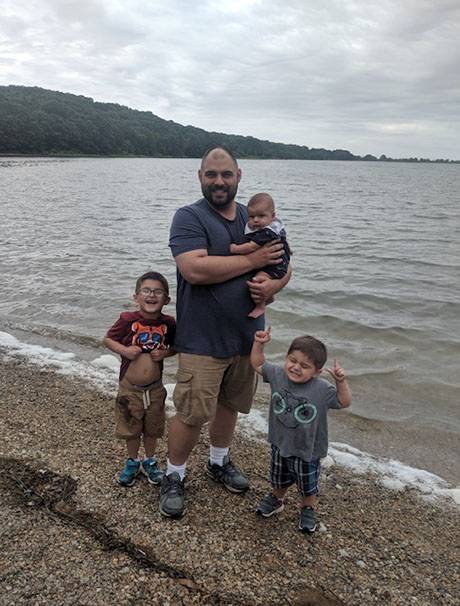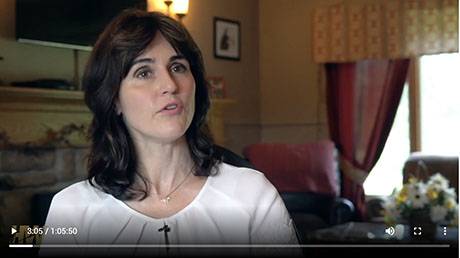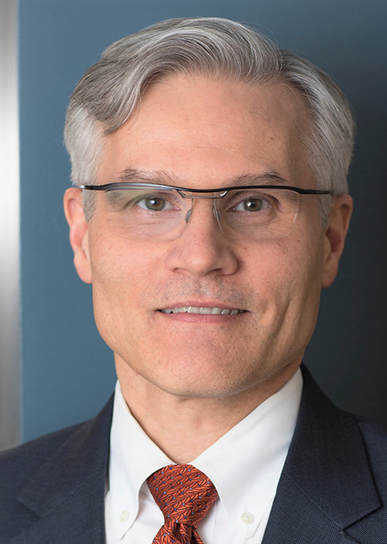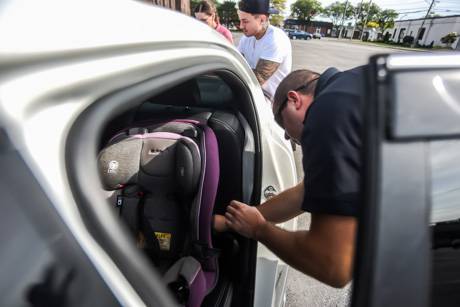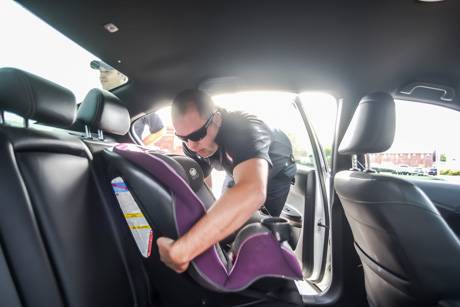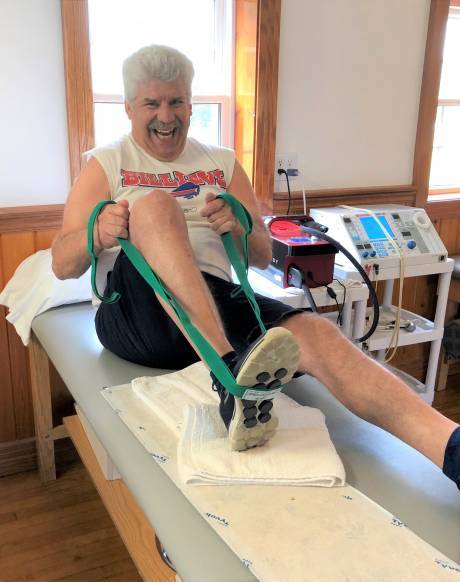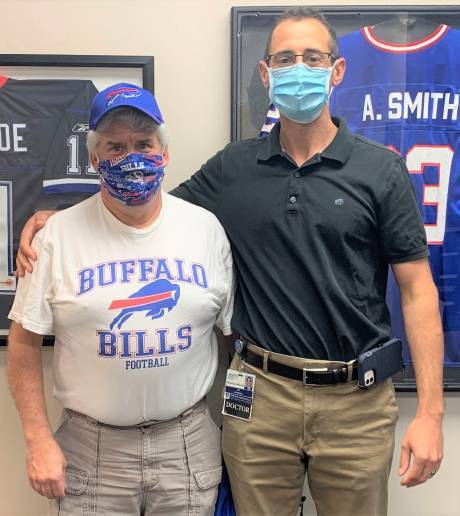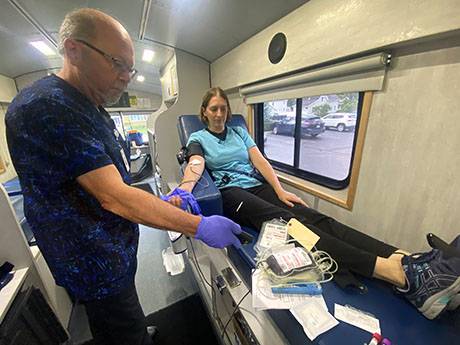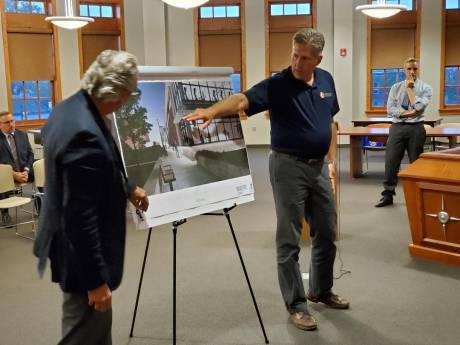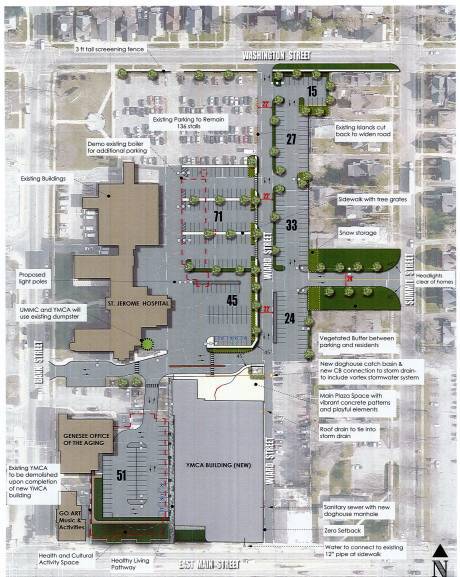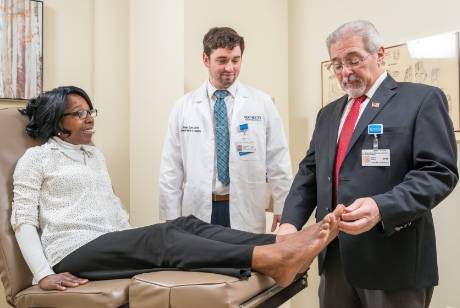Local data shows potential repercussions of not getting vaccine, officials say
Of all the debatable data out there regarding COVID-19, one piece about local hospitalizations is irrefutable, Dan Ireland says.
United Memorial Medical Center’s occupancy rate is at 86 percent, and 100 percent of patients admitted to the Intensive Care Unit have been unvaccinated, said Ireland, Rochester Regional Health/UMMC president, during a live-streamed health discussion Thursday.
“Seventy-five percent of COVID admissions are unvaccinated people,” he said. “The data is clear, unvaccinated folks are suffering (from COVID symptoms and illness).”
Another statistic to note is that 100 percent of people put on ventilators were also unvaccinated, he said. Though there are various other reasons for someone being admitted to the hospital, 70 percent of them went to the hospital for COVID-19 symptoms and concerns, he said. It was a set of coronavirus symptoms that drove them to visit the hospital, he said.
Although some vaccinated people are experiencing break-through cases, the symptoms have not been as severe, he and Genesee and Orleans County Health Director Paul Pettit said.
“Please, please, please get your vaccine,” Ireland said.
Not only is that step important for protecting the health of individuals and families, it helps to free up space at the hospital, he said, citing 36 percent of the entire hospital population is attributed to COVID-19. People are still seeking health care treatments for other causes, and it’s “our job to strike that balance” between the needs of those with the COVID virus and more traditional healthcare that is needed.
Those traditional healthcare services remain open at RRH hospitals, which include elective surgeries. Those surgeries held a 90 percent occupancy rate in
December. Ireland said that, more recently, those surgeries will still occur, but on “a much more limited basis.”
“Surgery is not closed, we’re just limiting it to limit the exposure to patients,” he said.
The whole region is focused on restricting elective surgeries to essential only, per health department guidelines, he said, however, facilities in nearby counties have taken patients when necessary.
There will be public announcements to inform the community of changes that may occur, such as particular hospital offices needing to close due to staffing shortages or exposure concerns, and where patients may be able to go instead. Overall, hospital staff “has done an amazing job at accommodating them at other locations,” Ireland said.
As of Tuesday, a new visitor policy restricts hours for a 9 a.m. to 1 p.m. and 3 to 7 p.m. daily visitor schedule. Everyone will be screened, information is to be captured for potential contact tracing and visitors cannot see patients with COVID-19 or other immunity compromised patients.
“Just be aware, if you have a loved one in the hospital, if a screener advises you of a new policy, it’s because of updated responses.”
As for those colorful and rhinestone-covered cloth masks, the latest data shows, especially in the light of the recent spread of the SARS-2-CoV variant known as Omicron, that they are not as effective as medical masks. The Hospital administration has issued a “no cloth masks” order in lieu of medical, tighter-fitting masks, such as KN95. Hospital visitors without such masks will be given one by staff, he said.
“It’s very important to protect yourself; wearing that mask is a barrier. Is it full-proof? No. But we do know it’s a barrier (to the virus),” he said.
Ireland said that, of course, people want to get out and enjoy activities away from their homes. They can do that, but there are tools in place to protect people to have fun “safely and effectively,” he said.
“Have some self-awareness and some self-driven compliance,” he said of wearing masks, testing when necessary, and isolating and/or quarantining if positive for the virus or exposed to someone else who is positive. Journalists participating in the event asked about the safety of student-athletes, the target number for vaccinations, and the future.
Student-athletes are being tested based on the same protocols as other students, Pettit said.
New York State set a target vaccination rate of 70 percent, and “we’re above that number now as a whole,” he said. People who are most recently getting the vaccine seem to be doing so based on external events, such as a family member getting sick or dying from COVID-19, or mandates requiring a vaccine for certain types of travel, he said.
And for those on the fence? His department staff is working to answer questions and provide information to anyone not yet vaccinated.
“We’re really trying to talk to those folks who are undecided,” he said. ”Based on the data, the vaccine is very effective; it does keep people from having the severity of the disease, and it keeps them out of the ICU and off ventilators. We’re hoping these folks will make the decision at some point in the very near future.”
Genesee County has experienced a “very sharp increase” in positive cases, especially in congregate settings, such as nursing homes, he said. There have been a total of 12,105 positive cases and 164 deaths from the COVID-19 virus since the onset of the pandemic. Out of that number, 1,509 cases were in the month of December compared to 2,118 in just the first 10 days of January, he said.
He wanted to clarify case investigations, which are conducted for confirmed cases by obtaining the person’s name, address, symptoms, date of onset, close contacts and that person’s history during the prior 48 hours, versus contact tracing, which takes the process “a little bit further” by trying to identify people who were exposed to a confirmed case of the virus and establish if those people are isolating (if found to also be positive) or quarantining due to being exposed to the person found to be positive.
Case investigations are not changing, he said. However, due to the massive numbers of positive cases multiplied each by an estimated five to 10 exposures, it’s likely the health department may not be able to follow up on all of those cases, he said.
Genesee County Legislator Rochelle Stein reminded folks that everyone can take a part in keeping the community safe.
“Vaccinate and get the booster when you are eligible, she said. “Mask when in public places, test when you feel ill, and then stay home. These are the simple ones today.”
For further information, watch the video and/or go to GOHealthNY.org

